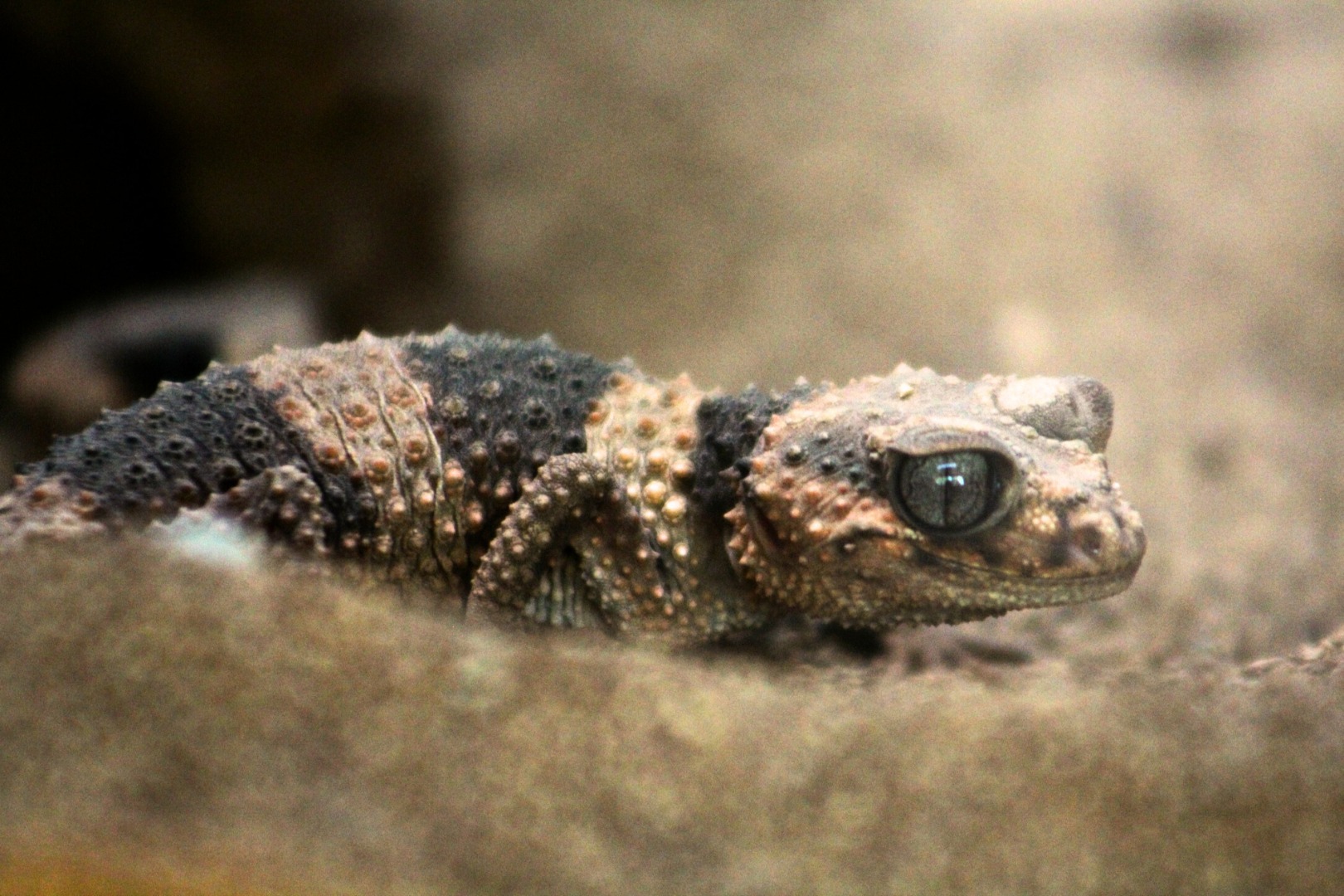- Anatomy and Adaptations of the Knob-Tailed Gecko
- Nocturnal Behavior and Hunting Techniques
- Habitat and Distribution
- Conservation Status and Threats
- Role in Ecosystems and Human Interaction
Anatomy and Adaptations of the Knob-Tailed Gecko
The knob-tailed gecko, scientifically known as Nephrurus levis, is a nocturnal reptile renowned for its distinctive physical attributes and adaptations to survival. One of the most striking features of this species is its large, prominent eyes, which are crucial for its nocturnal lifestyle. These eyes have vertically slit pupils that maximize light intake, allowing the gecko to see even the smallest movements in low-light conditions. This keen vision is essential for spotting prey like insects during nighttime hunts.
Another noteworthy characteristic is the knob-like tail, from which the gecko derives its name. This tail is not only decorative but serves multiple functional roles. It acts as a fat storage reserve, supporting the gecko through scarce food periods. Additionally, the tail can be shed—a process called autotomy—to distract predators, giving the gecko a chance to escape.
The gecko’s skin is covered in tiny scales that provide camouflage against its often arid habitats. These scales also help minimize water loss, an important adaptation for living in places with limited moisture. The knob-tailed gecko’s coloration, usually a blend of browns, yellows, and oranges, allows it to blend seamlessly with the sandy and rocky environments it inhabits.
Nocturnal Behavior and Hunting Techniques
The knob-tailed gecko is predominantly active at night. This nocturnal behavior is a strategic adaptation to avoid the intense heat of its desert habitat. When the sun sets, the gecko emerges from its burrow to hunt. Its large eyes and excellent vision provide a significant advantage in the dark, enabling it to detect even subtle movements of potential prey.
Hunting typically involves a sit-and-wait strategy. The gecko will remain motionless until an unsuspecting insect comes within reach. Then, with a sudden burst of speed, it captures the prey using its sticky, prehensile tongue. This highly efficient method allows the gecko to conserve energy while maximizing its chances of a successful hunt.
The knob-tailed gecko’s diet mainly consists of insects and other small invertebrates. They have been observed to be opportunistic feeders, sometimes consuming small mammals or even other reptiles if the opportunity arises. This dietary flexibility is another factor that supports their survival in harsh environments where food sources can be unpredictable.
Habitat and Distribution
Knob-tailed geckos are predominantly found in arid and semi-arid regions of Australia. Their habitat includes deserts, scrublands, and rocky outcrops, where they are well-adapted to dry conditions. These geckos prefer areas with loose soil or sand where they can easily dig burrows for shelter.
Their burrows serve multiple purposes: they provide refuge from extreme temperatures, protection from predators, and a moist microenvironment that helps reduce water loss. The construction and maintenance of these caves are critical for the gecko’s survival, particularly in regions where surface temperatures can be prohibitively high during the day.
The distribution of knob-tailed geckos is closely tied to the availability of suitable habitat. Human activities, such as land clearing and agricultural development, pose significant threats to their habitat, leading to fragmented populations.
Conservation Status and Threats
While knob-tailed geckos are not currently listed as endangered, they face several threats that could impact their populations. Habitat destruction due to urban expansion, mining, and agriculture is a primary concern. These activities reduce the available habitat and fragment the remaining areas, making it difficult for gecko populations to thrive.
In addition to habitat loss, climate change poses a significant threat. Changes in temperature and precipitation patterns could alter the gecko’s habitat, making it less suitable for their survival. Furthermore, extreme weather events, such as prolonged droughts, could impact their food sources and water availability.
Conservation efforts for knob-tailed geckos focus on habitat protection and restoration. Protecting large tracts of land where these geckos are found and ensuring sustainable land use practices are essential to safeguarding their future. Captive breeding programs and public education can also raise awareness about the species and its ecological importance.
Role in Ecosystems and Human Interaction
The knob-tailed gecko plays a crucial role in its ecosystem. As both predator and prey, it helps maintain the balance of insect populations, preventing outbreaks that could harm plant life. In turn, geckos serve as a food source for larger predators, such as birds, snakes, and mammals.
Their burrowing activities also contribute to soil aeration and nutrient cycling. By turning over the soil, they help promote the growth of vegetation, which benefits other organisms in the ecosystem. This ecological role highlights the interconnectedness of species and the importance of each organism in maintaining a healthy environment.
Human interactions with knob-tailed geckos are varied. In some regions, they are kept as pets due to their distinctive appearance and relatively low-maintenance care requirements. However, removing animals from their natural habitats can harm local populations and should be cautiously approached.
Educational programs and research initiatives are vital in promoting the conservation of knob-tailed geckos. Scientists can develop more effective conservation strategies by studying their behavior, physiology, and habitat requirements. Public engagement and awareness campaigns can also help foster a sense of stewardship and responsibility for protecting these remarkable reptiles.
In conclusion, the knob-tailed gecko is a fascinating example of adaptation and survival in challenging environments. Its large eyes, unique tail, and nocturnal habits are just a few of the features that make this species a subject of interest for zoologists and conservationists alike. Understanding the intricacies of their anatomy, behavior, and ecological roles underscores the importance of preserving their habitats and ensuring their continued survival in the wild. Through dedicated conservation efforts and increased public awareness, we can help protect these resilient reptiles and the delicate ecosystems they inhabit.
*****
Source Description
This nocturnal reptile has no need for night vision goggles! The knob-tailed gecko’s large eyes help them see even the smallest of movements while hunting for insects after the sun goes down.


